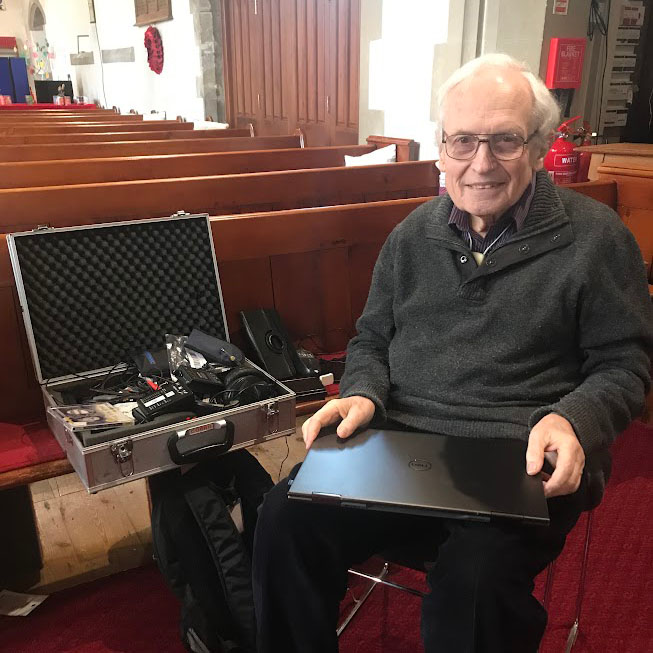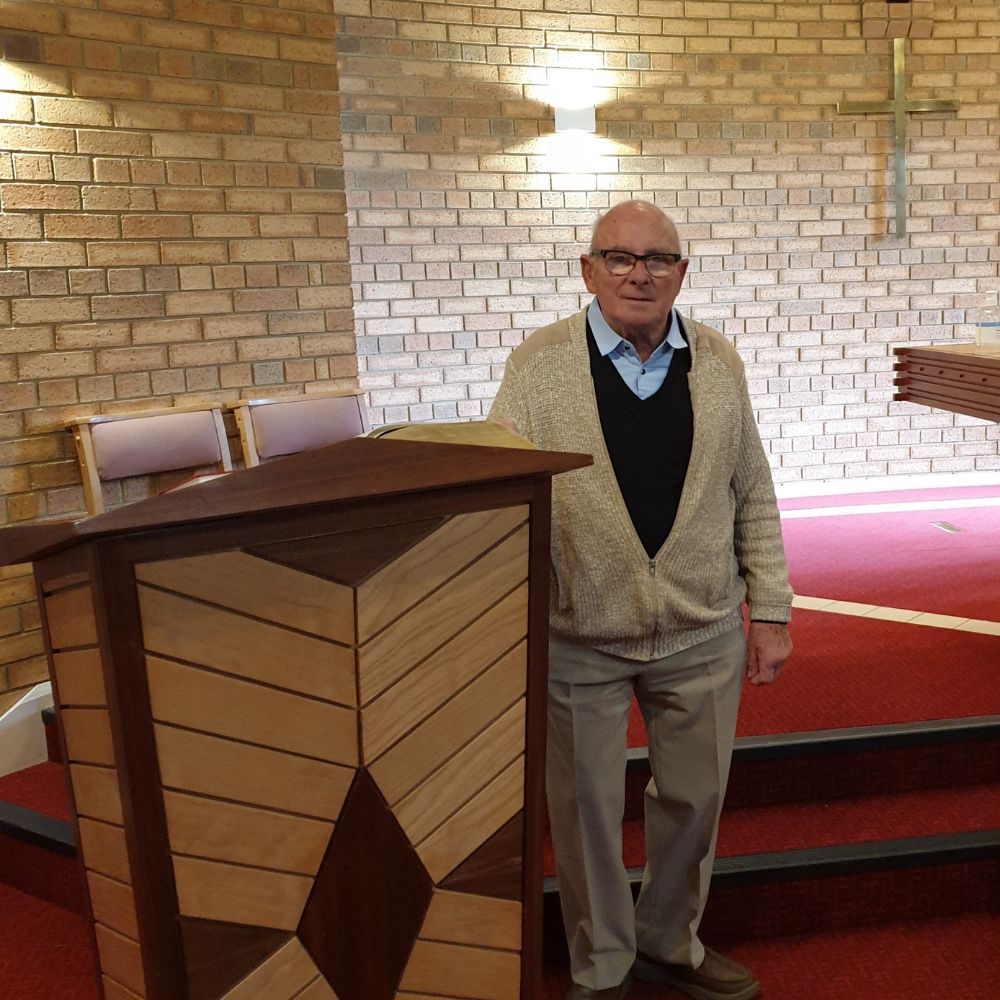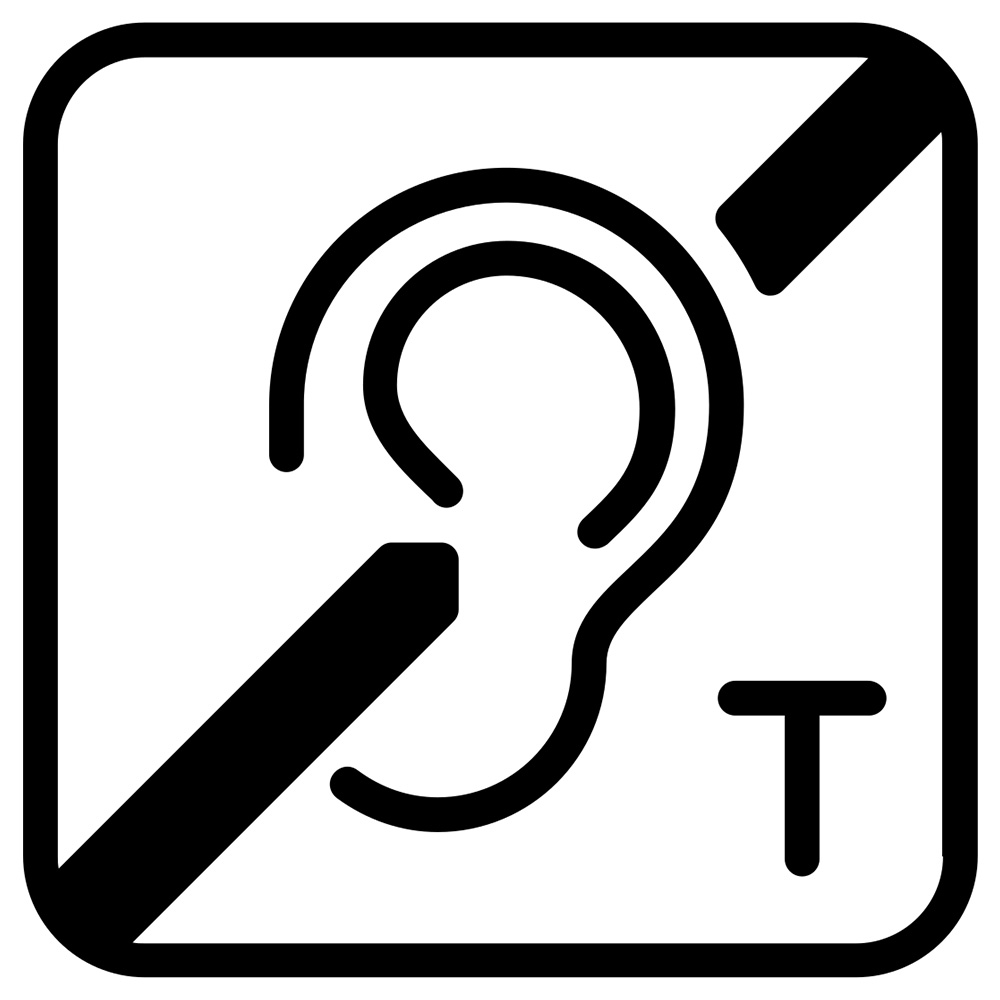Why would you go to church if you can't hear what's being said?
The RNID estimates there are approximately 12 million people in the UK with hearing loss - that's around one in five adults. Hearing loops, also known as audio induction loops, are installed in most church buildings to help, but how many of us know how they work - or if they even are working?
 Terry Dawes, Churchwarden from Church of the Servant King, Milton Keynes, and John Trett, a professional loop engineer and parishioner from Holy Trinity Church, Lane End, are both deaf hearing aid users. They share their expertise with the Revd Hannah Lewis, Chaplain among Deaf communities in the Diocese of Oxford.
Terry Dawes, Churchwarden from Church of the Servant King, Milton Keynes, and John Trett, a professional loop engineer and parishioner from Holy Trinity Church, Lane End, are both deaf hearing aid users. They share their expertise with the Revd Hannah Lewis, Chaplain among Deaf communities in the Diocese of Oxford.
Why is a loop important?
Terry and John both use their churches' loop systems in their worship each week, and rely on it to aid their understanding of the service. As Terry says;
"Why would I come to church if I can’t hear what is being said?"
Loops aren't a replacement or an either/or for sound amplification systems, which can actually make things even harder for many with hearing loss, as they amplify all noise, often causing an echo. John explains;
"If I am sitting too far from the speakers, I still can’t hear anything. Loop systems bring the sounds closer, like the person speaking is standing next to you."
How does a loop work?
A box attaches to the building's sound system and receives input from the microphones, feeding this into a wire that is run around the church building. The signals from this wire are picked up by the hearing aid, which needs to have a setting enabled so the wearer can switch over to what is often called the T switch.
 Many hearing aids can be enabled to pick up loop signals, but with modern digital aids and cochlear implants you often need to ask your hearing aid technician or audiologist to make sure it is enabled - it doesn’t come as standard. People with what is called mild to moderate hearing loss may need to ask specifically for a hearing aid containing the ‘telecoil’ that picks up the sound from the loop.
Many hearing aids can be enabled to pick up loop signals, but with modern digital aids and cochlear implants you often need to ask your hearing aid technician or audiologist to make sure it is enabled - it doesn’t come as standard. People with what is called mild to moderate hearing loss may need to ask specifically for a hearing aid containing the ‘telecoil’ that picks up the sound from the loop.
People need to be sitting within the loop to pick up the sounds from it, so it's important for church leaders and volunteers to know which areas of the church building the loop covers – a simple diagram of the church can help people to know where best to sit. Sometimes the loop is only installed around a building's seating area and does not extend to, for example, the sanctuary area. Sometimes it just isn’t feasible to install the loop around the whole church.
It's important to keep the system and its surroundings well maintained - loops that are covered in dust will be ineffective, and if other electrical equipment and wires are placed too close to the system, you will get interference.
 Do all churches have a loop installed?
Do all churches have a loop installed?
A church with a loop installed should have a sign up somewhere to show that it is available, or visitors can ask a steward or warden. Not all churches have a loop installed, and some had them put in a long time ago and they have since broken and not been repaired.
A Church Near You allows people to filter local churches by whether or not they have a loop, as well as many other accessibility features. It's important that editors of ACNY make sure this feature is added to their church pages when applicable.
What other problems do you encounter?
"No matter how good the loop, if it isn’t switched on, or if speakers don’t use the microphone correctly, it won’t do anything!"
Part of the problem is that unless you wear a hearing aid, you don’t know if the loop is working or not.
Some hearing aid users have the confidence to complain if things are not working or if people aren’t using the microphones correctly, but not all. It's important to be proactive if you're a church leader or part of the serving team.
It is possible to buy simple equipment to test if a loop system is working without needing a hearing aid, and you can also ask hearing aid users for feedback on the efficiency of the loop system, as well as other aspects of the service.
Other issues can occur if the loop has been installed incorrectly. For example, installing the loop too high can mean the signal is lost when your head is bowed in prayer, or using a system designed for a domestic setting can cause problems in larger buildings like churches. It's important to use loop engineers who understand Church culture and what is needed in that specific context, to prevent problems and to ensure no money is wasted.
What can I do next?
Terry and John shared their expertise as part of our top tips series for churches looking to become more accessible. You can learn about Deaf Church, disabled toilets, how to welcome people and much more on the ODCD website: www.odcd.org.uk/
Oxford Diocese Council for the Deaf can also offer grants towards the cost of installing/replacing/repairing loop systems. Find out more.
